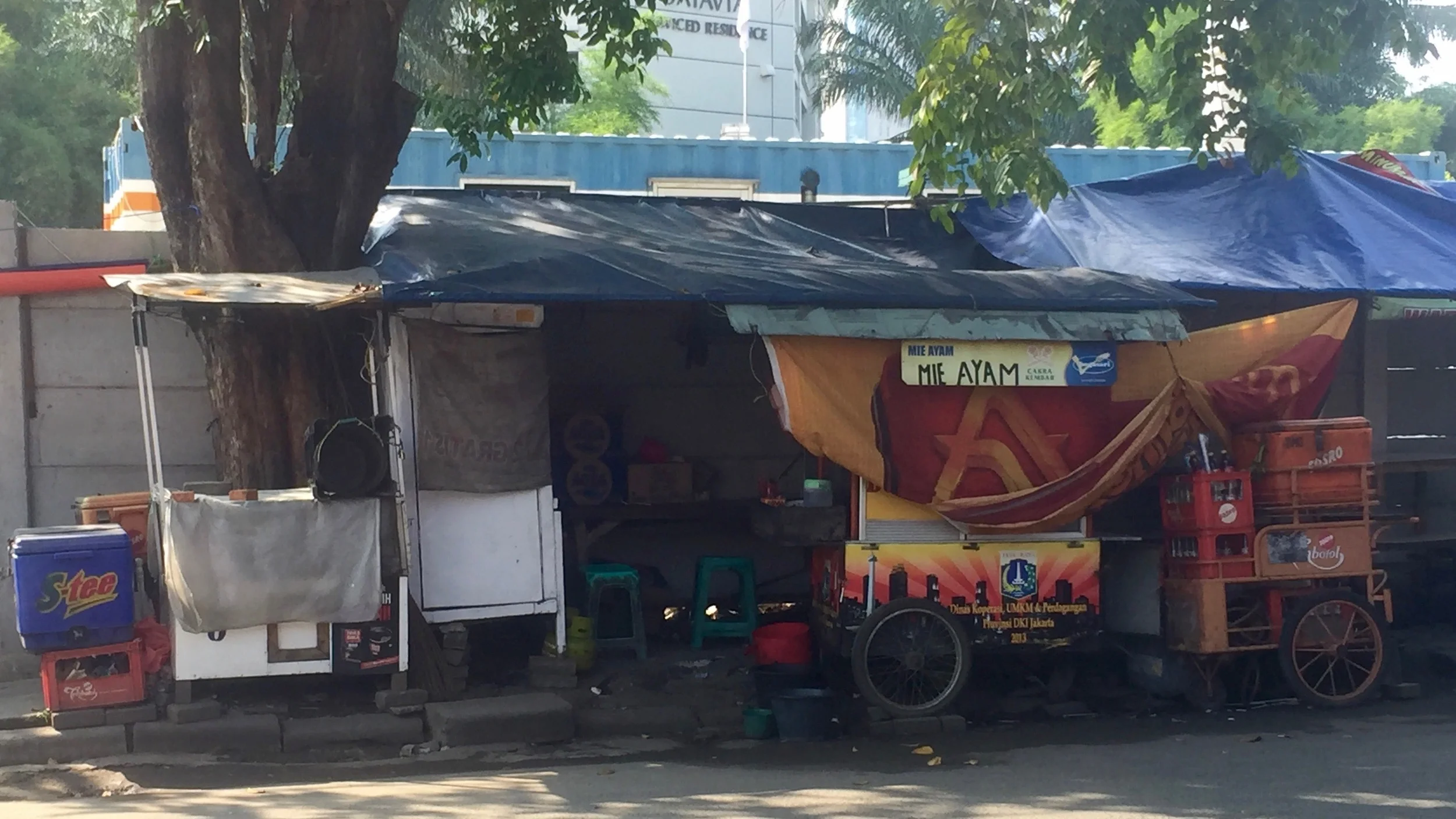Week Ten: Terima Kasih Indonesia
/Sunrise in Palangkaraya, Indonesia
I’m not sure how this summer went by so fast. I feel like I was just hauling my bags up the stairs into my tiny apartment, and now clothes are strewn across the floor in failing attempt to repack those bags. I’ll be flying to Tokyo early tomorrow morning, then seeing my parents in Hawaii before heading back to Seattle.
Ten weeks ago, I landed in a foreign country, in a part of the world I’d never seen. I spent my time here being the white girl who stuck out everywhere she went in this crowded, traffic-ridden city. I learned the best way to do the simplest things, like how to cross the street (just walk boldly into traffic and the usually the cars stop) and how to get from point a to point b (two words: motorcycle taxis).
Commuting in Jakarta
Through press conferences, interviews, and just living everyday, I learned about a culture that's wildly different from my own. I learned about the critical state of environmental resources in this country, and how big of a task it is to change peoples’ habits to preserve what remains. In an intrinsically patriarchal society, I learned about a few small groups of women fighting for big change. Sailing down the Rungan River in rural Borneo, I saw a school thousands of miles (and dollars) from the one I went to, but still full of children with passion to learn. I learned how to adapt and thrive in a world unlike one I’d ever lived in.
I won’t miss the traffic. Or going to the grocery store and having to mime “safety pin” and other things of the sort. But I’ll miss pretty much everything else, like taking Gojeks to press conferences at the Ritz Carlton, and the huge plates of street food served on banana leaves. I’ll miss binge-watching 50 cent DVDs on rainy Sundays, waking up in a different city every weekend, and exploring the streets, beaches, and jungles of this crazy archipelago. I’ll miss starting work at noon, seeing a new part of the city on every assignment, and my coworkers who laugh with me, not at me, at my daily struggles of navigating this country.
Reporting live from the Rungan River, Kalimantan, Indonesia
Most people I’ve met here have asked me why I chose to do this program. I never really know what to tell them. I think it was a combination of having no idea what I wanted to do after graduation, mixed with a bad case of wanderlust. But reflecting on my time here, it was so much more than just a chance to see a little more of the world and add another line to my resume. It was a chance to work as a print and video reporter in a city where I didn't speak the language. It was a chance to sit down with people halfway around the world, everyday, and hear about the lives they lead. It was a chance to explore the crazy little heaven that's Indonesia.
When I was a tour guide at my university, people often asked me about challenges they might face in college. I could list many, but I think the thing about challenges is that they’re temporary. If college taught me one thing, it’s that in order to grow, to become a better person, you need to step out of your comfort zone.
Parambanan Temple in Yogyakarta, Indonesia
Spending three months eight thousand miles out of my comfort zone, I learned so many invaluable lessons, but I think one of the biggest ones I already knew: It's the fact that the best way to become a better person, is to take risks, to challenge yourself. And the best feeling in the world might just come from looking back on something that once seemed impossible, whether it was crossing a busy street or writing a story from a press conference that you didn't understand a word of, and seeing it as easy in the rear view mirror. That moment, when something that was once your ultimate goal turns into the baseline, or just a small milestone along the way, that's when you know you’ve grown.
I’m so grateful for the time I got to spend here, for everything I’ve learned, and all of the people I’ve met. Looking back, I know this is an experience I will always carry with me. Terima kasih UW for giving me this opportunity, I’ll do my best to pay it forward. Terima kasih Indonesia.
Kalimantan sunset, Palangkaraya, Indonesia






































